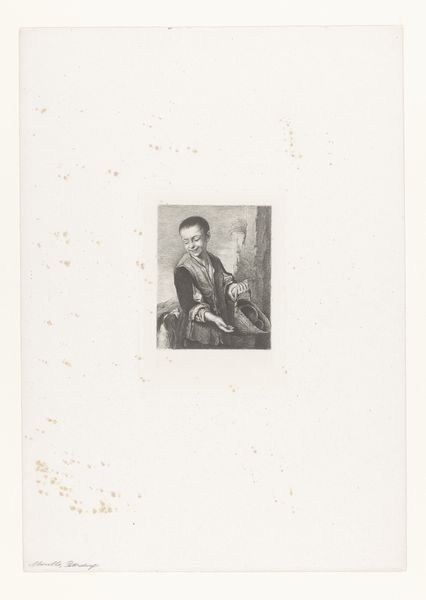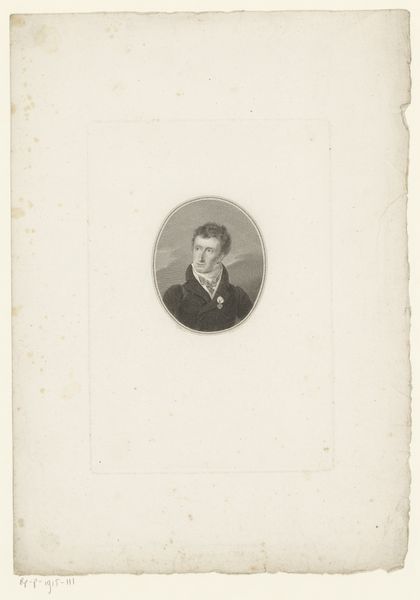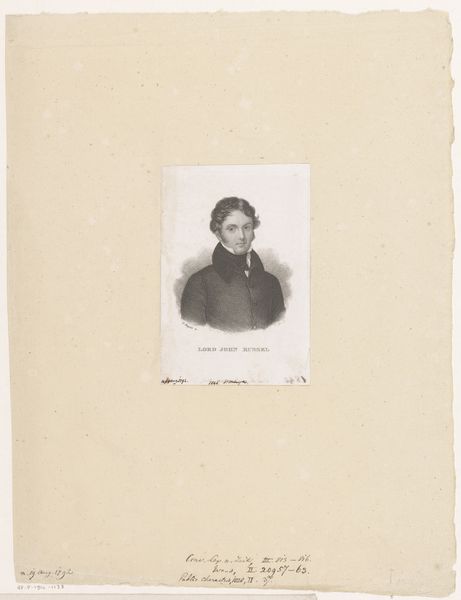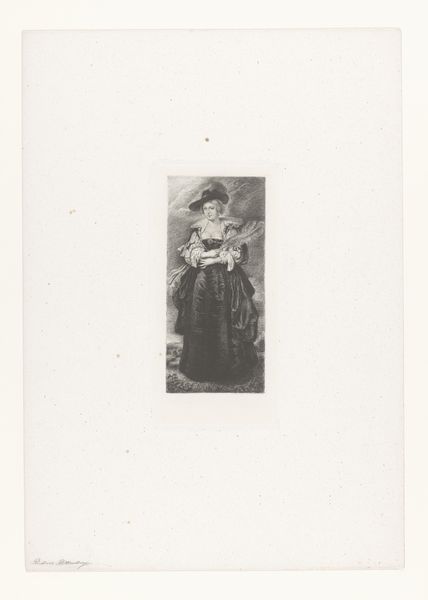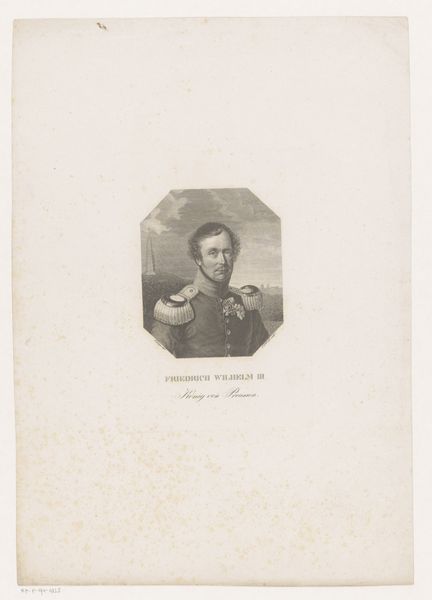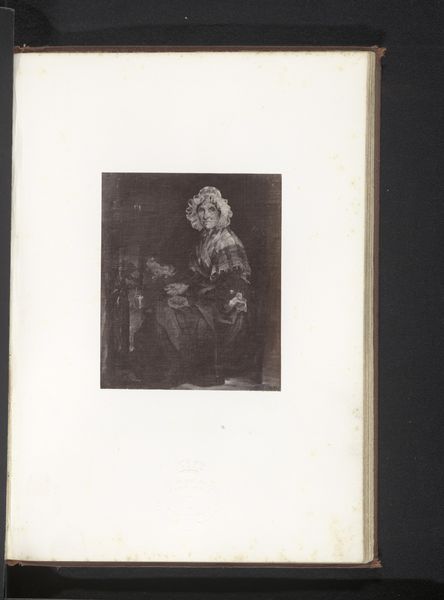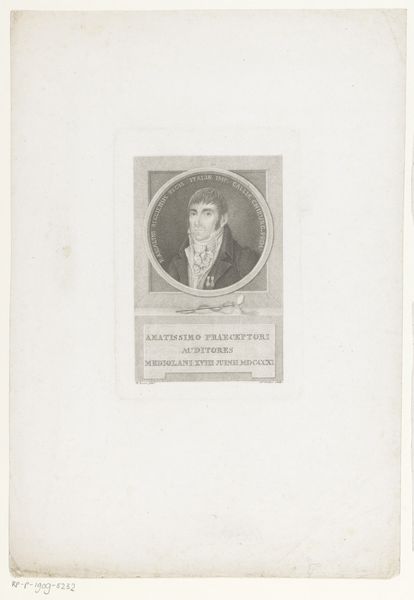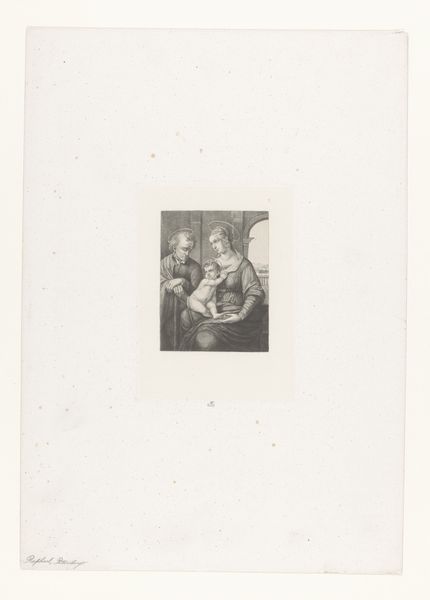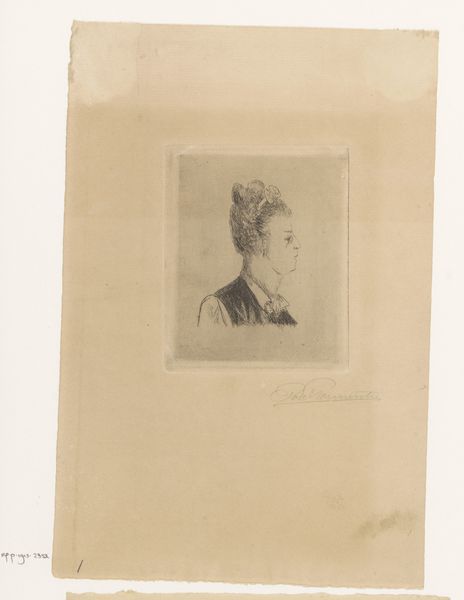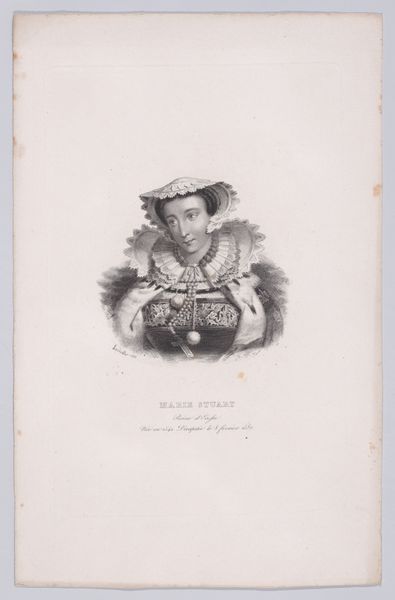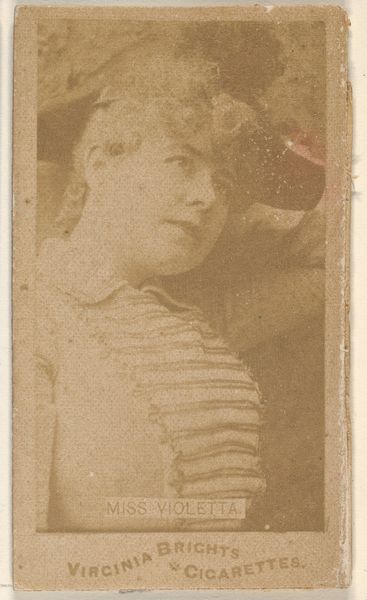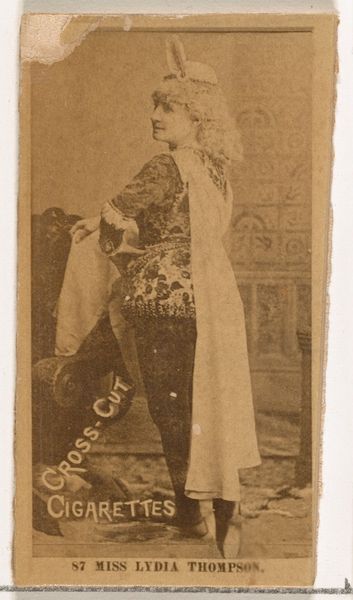
Portret van Friedrich Wilhelm III van Pruisen 1816 - 1825
0:00
0:00
print, paper, engraving
#
portrait
#
neoclacissism
# print
#
paper
#
history-painting
#
engraving
Dimensions: height 291 mm, width 206 mm
Copyright: Rijks Museum: Open Domain
Curator: Here we have a portrait of Friedrich Wilhelm III, King of Prussia, created between 1816 and 1825. It's currently held here at the Rijksmuseum. Editor: The immediate impression is severe. All greys, stern face, even the border around the portrait seems a bit sharp. You almost feel as though the image is saying 'obey.' Curator: That's an interesting read. It’s certainly intended as a statement of authority, typical of neoclassical portraiture of the period. This engraving aimed to disseminate an image of royal power across the Prussian kingdom and beyond. Think about the context: Prussia was still rebuilding after the Napoleonic Wars. Editor: The medium of engraving interests me here. Reproducing this image via print makes the King's likeness ubiquitous, literally pressed into service. It moves him into a different realm of consumption and, daresay, potential critique, depending on who ends up holding the image. Curator: Precisely! Engravings democratized imagery to some extent, yet it’s also about controlling that image. Note the idealized depiction and military attire. It projects strength, stability. Also consider the decorative elements, a tiny image representing a military charge. Editor: Look at the intricacy though – how much labor goes into each copy! Each line etched onto the plate to be multiplied. One imagines workshops humming with the sounds of production. Curator: Yes, and it also reflects the state’s investment in projecting that image. Think about how crucial portraiture was in constructing a public image. This wasn't just about Friedrich Wilhelm; it was about Prussia itself. Editor: In a way, it flattens him as an individual, recasting him as a figure that would appear in pamphlets or newspapers, an industrial product distributed to inspire obedience. How else to mobilize a population when their literal experience might suggest otherwise? Curator: Exactly. These kinds of prints were essential tools for solidifying power after periods of conflict and societal change. They allowed the monarchy to visually reassert dominance and cultural influence. Editor: That kind of reframing of imagery from fine art into reproduced forms speaks volumes to modern audiences about how perception, identity and ideology get transmitted to build specific kinds of shared meaning. Curator: I’ve certainly gained a fresh perspective, especially considering the process involved in creating so many identical copies. It adds a whole new layer of socio-political weight to this regal portrayal.
Comments
No comments
Be the first to comment and join the conversation on the ultimate creative platform.
